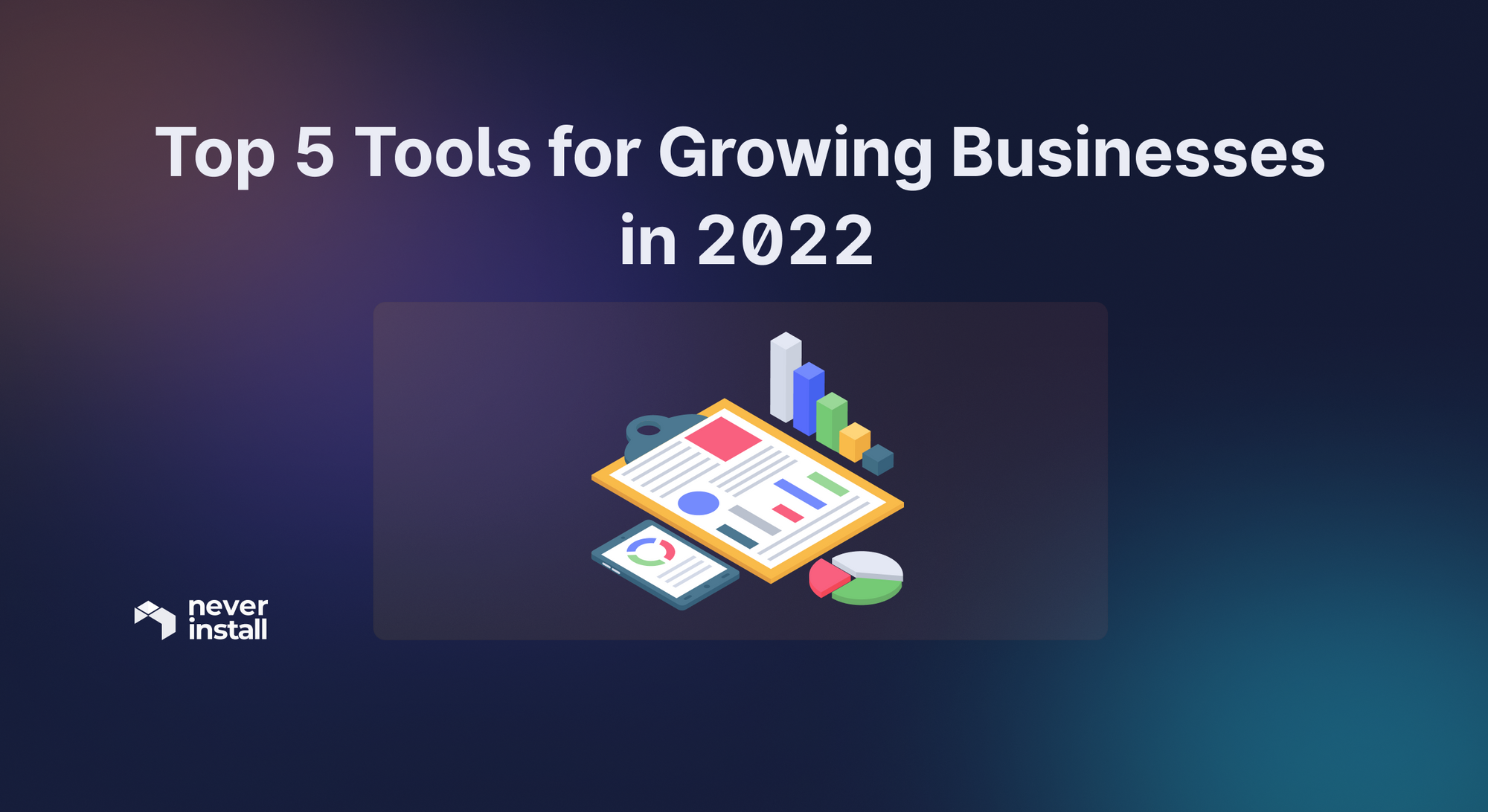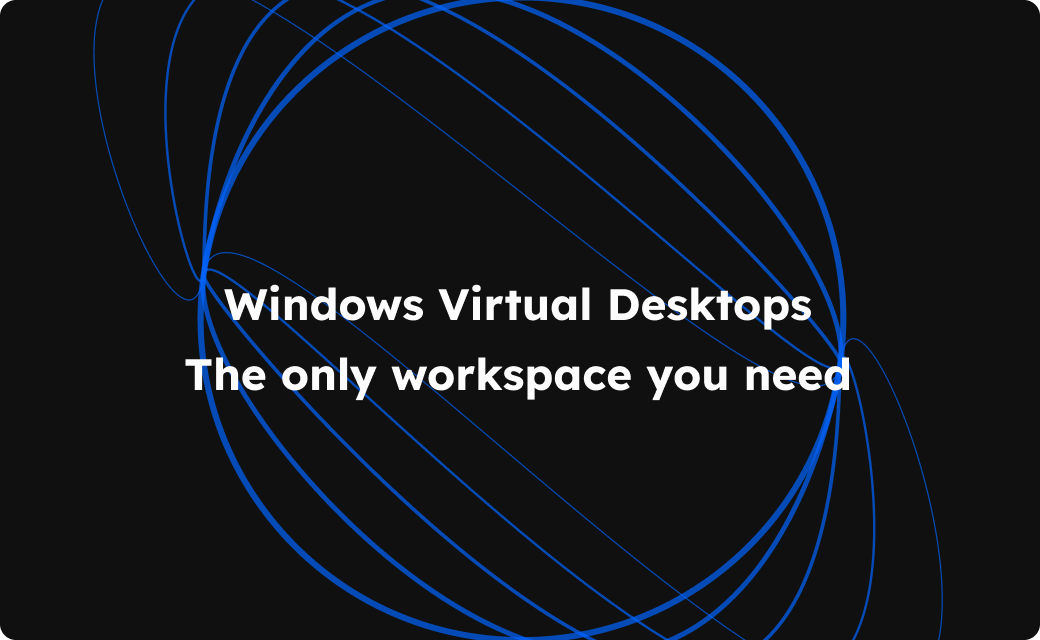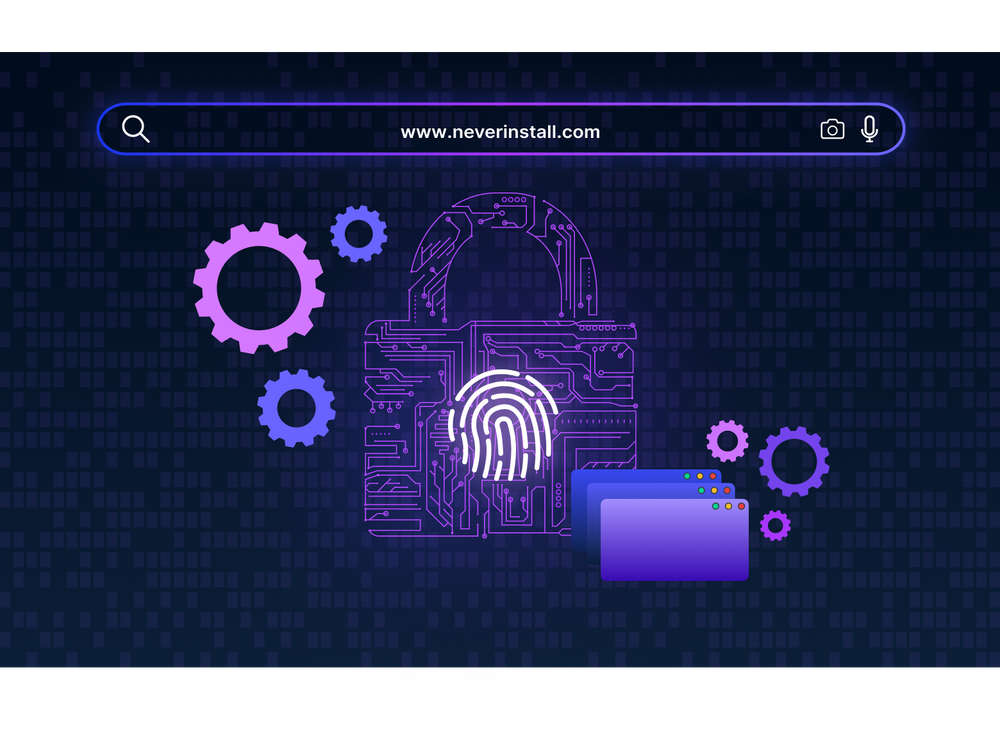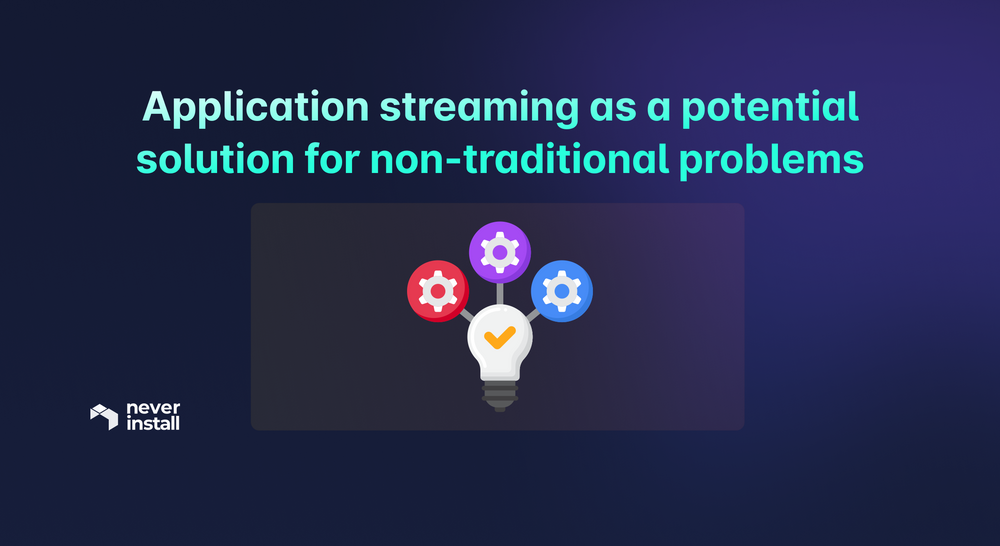Virtually all enterprises, institutions, organizations, and several similar entities seek growth as one of their primary objectives. The idea of growth is not limited to soaring revenues and increasing margins but extends to achieving unprecedented levels of efficiency and productivity. Therefore, an organization's growth is important for both financial and sustenance.
We indulged ourselves in extensive research to understand how organizations can fulfill their growth objectives in this age of mass digitization. We identified that organizations depend on various tools to achieve their goals, plan for the future, communicate their objectives to their audience, and understand how their audience reacts to them. These tools play an unalienable role in organizations. Further, the sheer dependency makes it all the more important to understand and curate a suite of tools that can deliver the most value.
Post research, we realized that organizations (especially in early stages, growth phases, or during transitions) inevitably require a specific set of tools to help them focus on five key areas that affect growth – computing, design, metrics, communication, and productivity.
This article discusses the five best tools for every focus area to help organizations get started with their growth objectives, pick low-hanging fruits, and achieve efficiency early on.
1. Neverinstall
Traditional desktop computing has long been plagued with several issues ranging from the cost of acquisition and upgrades to regular maintenance, performance issues, compatibility, setup, and accessibility. The hindrance is not limited to the device, but issues with acquisition such as increasing cost, a global chip shortage affecting the availability of hardware, the time and effort required to set up and configure these devices as well as the cost of regular maintenance and upgrades.

The entire ordeal of placing orders, managing assets, tracking devices, and transferring assets is a hindrance to scalability. As businesses grow and onboard more talent, acquisition, and configuration of high-performance and business-ready devices stunts efficiency and immediate action.
Since almost all organizations depend on the computer for most of their core operations or management, the computing element becomes especially important.
Neverinstall is a next-generation cloud computing platform that enables teams to access a full-fledged, highly customizable, and high-performance native desktop environment through the internet browser. The platform is built in the form of a web app, enabling users to create Spaces and launch pre-installed and pre-configured applications on remote servers as the desktop streams to their browser, similar to a Netflix movie.
The platform offloads the heavy lifting of applications from local machines to remote servers, allowing organizations to run even the most demanding applications on basic hardware like a breeze.
Features
- The platform offers pre-installed and pre-configured applications that stream to a user's browser without downloading or installing files on the local desktop.
- Users can run virtually any GUI application at peak performance with minimal hardware.
- Users can collaborate with other team members in real time by sharing their workspace.
- The platform can be used as a VPN to launch applications in different regions and browse the internet at 1 Gbps.
Pricing
Neverinstall offers three different plans for individual users and custom pricing for enterprises.
Free Plan: $0
Standard Plan: $5 per month
Premium Plan: $8 per month
Contact the team for information on custom plans.
Source: Neverinstall Pricing
2. Canva
The design language of an organization plays a big role in helping create brand recognition. Engaging visuals, graphics for growth campaigns, social media efforts, and several elements across the organization’s platform help set the tone for customer success. Canva is a popular, user-friendly, and power-packed design app that is ideal for strengthening an organization's design pipeline and bringing new graphics from concept to fruition faster.

Canva is pre-loaded with a massive library of highly customizable templates categorized based on the type of content required. In addition, the app offers templates for almost all leading formats, suggestions to help improve the design, and an easy-to-access dashboard to get more visibility over the design assets of a team.
Canva was originally a tool for creating quick, simple designs. However, it is now a full-fledged enterprise-ready solution with several industry-specific offerings, integrations, and multiple horizontal products.
Features
- The app has a large library of templates for some of the most popular content channels to create custom designs in a shorter time frame.
- It offers a repository of stock images, icons, and other graphics for instant access to design elements.
- It offers a content management system to help teams keep track of several design assets in a single location, share access and collaborate.
Pricing
Canva offers three different pricing tiers.
A free tier with limited functionality for individual users.
Top alternatives
3. Google Analytics
Metrics for marketing solve a variety of issues to help businesses understand the landscape of the market. For organizations to understand their audience, Google Analytics is a critical asset. The platform delivers insights in quantifiable terms to understand trends, consumer behavior and preferences, the reach of the brand, and growth opportunities.

Google Analytics helps organizations visualize their performance in the digital realm and understand how customers interact with them. The platform helps organizations set goals, check performance, create campaigns to assess traffic and its origin, and identify key areas where teams must focus their efforts to drive growth.
Google Analytics is a part of the Google Marketing Platform suite and allows users to connect their web pages with the platform to get granular data.
Features
- GA allows users to create different campaigns to assess the performance of multiple marketing strategies, channels, and categories.
- The platform enables funnel analyses to understand the performance of an organization’s marketing efforts at every stage.
- GA also has an intuitive Smart Goals feature that allows users to understand if the organization's efforts yield the desired results.
Pricing
Google Analytics is a free-to-use platform. However, enterprises can contact Google to get access to Analytics 360, an advanced version of the platform for larger organizations.
Top alternatives
4. Intercom
Communicating with customers is a critical step in acquisition and conversion. However, as organizations scale, limited human resources become a hurdle to delivering the best possible customer service. While adding more employees would seem like a logical next step, the cost of hiring and payroll increase significantly. Further, as the number of customers typically increases disproportionately, communication, even with more employees, becomes difficult.
Intercom is a customer support chatbot tool that helps organizations scale their support capabilities. The platform enables self-service options and pre-human support profiling to help support teams resolve tickets promptly. In addition, the platform allows organizations to record consumer information, schedule events, share relevant solutions with customers, and answer FAQs without the need to reach out to human support.
Features
- Intercom offers collaboration tools to help support team resolve issues together.
- The platform offers a conversational AI interface to engage with customers in real time when human support is unavailable.
- It can also help organizations conduct surveys, record feedback, and send customer updates through a chatbot.
Pricing
Intercom's plans are divided into two customer groups - ‘Very small business’ and ‘Most business.’
A flat fee starting at $74/month is charged for its plan for very small businesses.
Custom pricing upon contact is available for other businesses.
Top alternatives
5. Trello
Last but not least, we give you a tool to improve the workflow within your organization. Project management is essential to improving efficiency within an organization, tracking progress, and achieving quantifiable goals. However, with companies generating massive amounts of data daily, it becomes difficult for teams to track their goals and achievement.

Trello, a product from Atlassian (a leading PM software provider), is an intuitive tool that helps teams keep track of their objectives, stages, schedules, and historical efforts. The platform allows users to create cards that contain information regarding a particular task. Users can add different pieces of information to the card, including due dates, comments, status, labels, checklists, and more. Users compile different cards to form a list, and a user can create multiple lists.
Features
- Trello allows users to create boards for different projects or teams with the ability to grant selective access.
- Users can use the platform to tag members, communicate with the team, and add remarks to the cards.
- Users can also upload external files to cards.
Pricing
Trello offers four different pricing plans.
A free tier for individual users and small teams.
Standard plan at $5/month.
Premium plan at $10/month.
Enterprise plan at $17.5/month.
All paid plans are priced on a per-user basis.
Top alternatives
Conclusion
As industries move toward digital-first workspaces, they need adaptive solutions that can replace the functionalities and conveniences of traditional on-premises workplace environments. Therefore, organizations of virtually all domains and scales, especially in this post-pandemic era, need to understand the importance of identifying the right tools to help them accelerate growth within their organization.








Join the conversation.